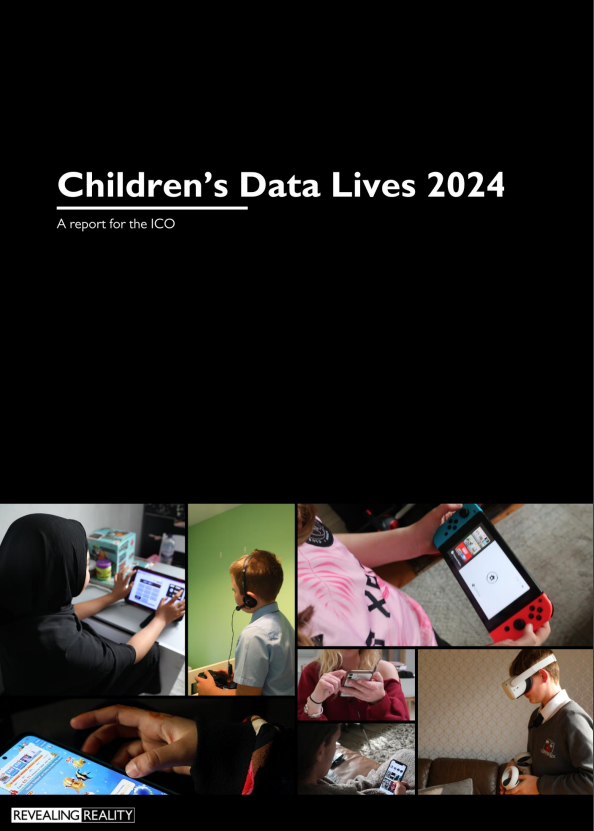Creating a profile on a social media platform so their friends can send them a funny video.
Changing the age of the profile on a video-on-demand platform to watch a new TV show that everyone is talking about.
Using a cheap shopping app to spend their birthday money.
Seeing their friend’s location on Snap Map.
Asking their parent to confirm an in-app purchase.
Deciding which YouTube video to watch next from their Home page.
Children’s lives are increasingly online. From their perspective it’s where nearly everything is happening. For many of them, it’s where they chat to their friends, play games, find content that they find funny or other children their age are talking about, and learn.
What they’re likely not thinking about is how data sharing and their privacy rights fit into this.
Understanding children’s behaviours, experiences, and attitudes towards privacy and data sharing
As many of you know, we’ve spent the last 10 years exploring children’s experiences of the online world through the media they consume as part of Ofcom’s longitudinal Children’s Media Lives. This year, we’ve started a new longitudinal study for the Information Commissioner’s Office (ICO), and begun to analyse their experiences and interactions around data.
This is the first wave of the project. It aims to give the ICO insights into children’s online experiences and how data fits into their lives.
It would be easy to just ask children about data, take what they say at face value, and conclude they don’t think about their data rights, don’t care about how their data is used, or don’t consider the risks of how their information could be used.
To understand children’s actual interactions, perspectives, and relationships with data, we went beyond self-reported data. We used filmed ethnography to observe how children interact with popular apps, like skipping past Terms and Conditions or accepting cookies without a second thought. We also signed up to platforms like Roblox and TikTok to see first-hand how default settings sometimes don’t match platform policies.
Children don’t see being online as optional – so giving up their data to get online doesn’t feel like a choice either
Social media apps currently hold something like a monopoly over children’s social lives. It’s where everyone is hanging out, where they play games, go for entertainment or shopping, and where they interact with their friends.
We saw children sharing their live location with friends, family, and early romantic partners; using incorrect, older ages to access platforms—sometimes with parental help; sharing their phone number in shopping apps, which gamification seemed to further incentivise; and playing multiplayer games that encourage interactions with strangers.
Children can show they care about privacy by controlling what they share online. They’re motivated by the desire to make friends, manage how others see them, and avoid embarrassment. For example, they use privacy features like restricting who can see what they post or deleting posts to shape their online presence.
However, the desire for likes, views, and access to popular apps can sometimes conflict with data privacy. This leads some to prioritise popularity over engaging with privacy policies or using privacy settings.
Granting companies access to their data or permission to track their online behaviour, is often the only means children have for accessing and using digital services. They see social media platforms as crucial for their social life and not being on them comes with the perceived risk of exclusion, isolation, or disconnection.
It’s therefore unsurprising that consenting to share your data to gain access to the space where all your peers hang out may not feel like a meaningful choice for children.

